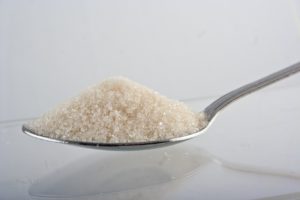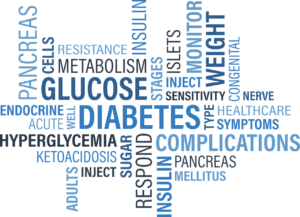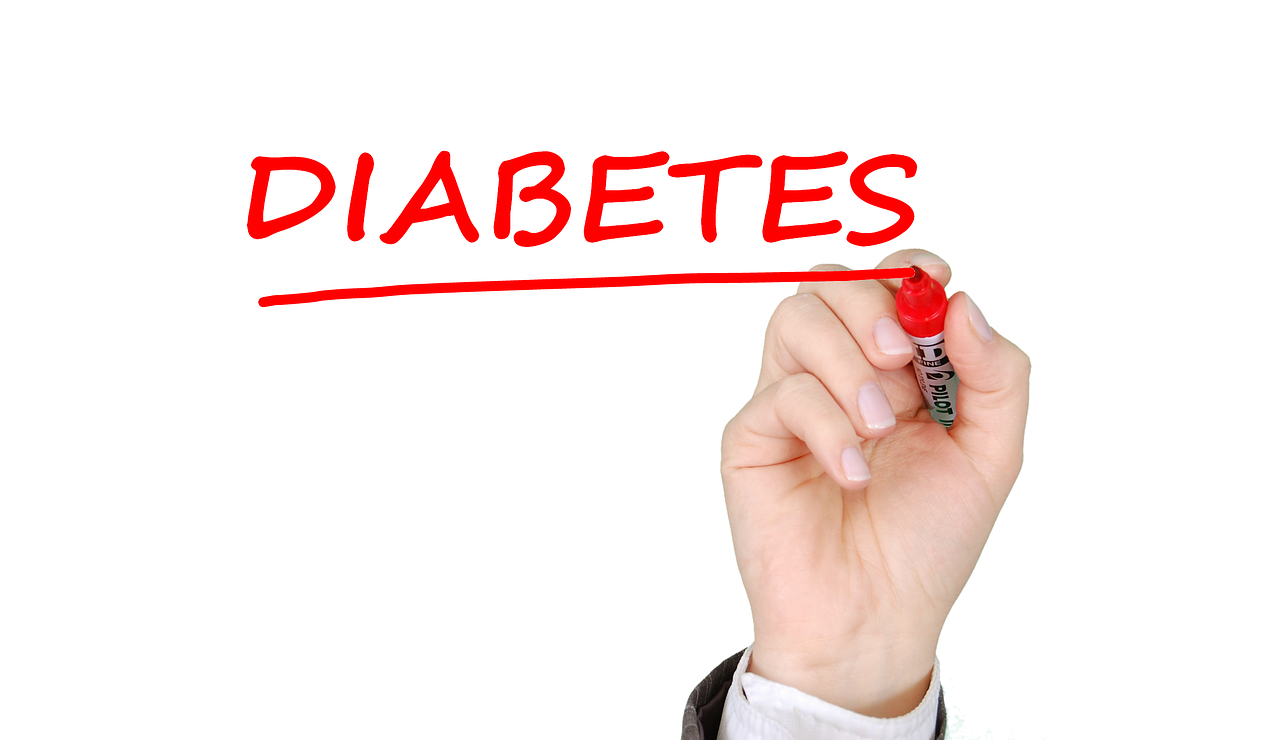According to a report from the Centers for Disease Control and Prevention (CDC), approximately 1 in 7 (30 million) people in the United States have diabetes. Many don’t even know they have the disease. About 95% of these people have type 2 diabetes while 5% have type 1 diabetes. Worldwide, it is estimated that over 420 million people have diabetes. How can you know if you have this disease? In this post, we will discuss the symptoms of type 2 diabetes.
What is Type 2 Diabetes?
 Type 2 diabetes is a chronic health condition which affects the metabolism of sugar in the body. It occurs when the level of blood glucose rises beyond the normal level. Type 2 diabetes or hyperglycemia is the most common type of diabetes which occurs due to resistance to insulin or low level of insulin secretion from the pancreas.
Type 2 diabetes is a chronic health condition which affects the metabolism of sugar in the body. It occurs when the level of blood glucose rises beyond the normal level. Type 2 diabetes or hyperglycemia is the most common type of diabetes which occurs due to resistance to insulin or low level of insulin secretion from the pancreas.
Type 2 diabetes differs from type 1 diabetes. In type 1 diabetes, the body attacks the pancreas and the damaged pancreas doesn’t produce insulin. Type 1 diabetes is also called insulin-dependent diabetes and was formerly called juvenile-onset diabetes, since it often begins in childhood. In type 2 diabetes, the pancreas usually still produces some insulin, but not enough for the body’s needs.
The symptoms of type 2 diabetes had once been common in adults but now children are suffering too, due to childhood obesity.
Symptoms of Type 2 Diabetes
The symptoms of type 2 diabetes include the following:
Frequent urination – When sugar levels in the blood are high, the kidneys will try to remove excess sugar by filtering it out. This can cause a person to urinate more often, especially at night.
Increased thirst – The frequent urination can result in the body losing water. Because of this, a person may feel more thirsty than usual.
Always hungry – People with diabetes usually don’t get enough energy from the food they eat. The body’s digestive system breaks food down into glucose, which it uses as fuel. When an individual has diabetes, not enough glucose reaches the body’s cells. For this reason, people with type 2 diabetes often feel hungry, no matter how recently they’ve eaten.
Tiredness and fatigue – Type 2 diabetes can have an impact on a person’s energy level and cause them to feel tired or fatigued. This occurs because there is insufficient sugar reaching the body’s cells.
Blurry vision – Excess sugar in the blood can damage tiny blood vessels in the eyes. This can cause blurry vision. It can occur in one or both eyes and may come and go. If diabetes is not treated, damage to the blood vessels in the eyes can become more severe. When this happens, permanent loss of vision may eventually occur.
Slow healing of wounds – High sugar levels in the blood can damage nerves and blood vessels and impair blood circulation. As a result, cuts and wounds may take weeks to heal. Slow healing can also increase the risk of infection.
Tingling and numbness in the hands or feet – Too much sugar in the blood sugar can damage the body’s nerves and affect blood circulation. This can lead to a sensation of tingling, numbness, or pain in the hands and feet. This condition is known as neuropathy. It can worsen over time if a person doesn’t get treatment for diabetes.
Patches of dark skin – Formation of dark skin patches on the neck, armpit, or groin can signify an increased risk of diabetes. The patches may feel soft and velvety. This condition is known as acanthosis nigricans.
Itching and yeast infections – High sugar levels in the blood and urine provide food for yeast and can lead to infection. Yeast infections usually occur in warm, moist areas such as the mouth, armpits, and the genital area. Affected areas are usually itchy. A person may also experience redness, burning, and soreness.
Causes and Risk Factors for Type 2 Diabetes
 Type 2 diabetes occurs due to an increased resistance of the body to insulin. The pancreas secretes the hormone insulin which regulates the level of glucose in the bloodstream. Some of the risk factors for type 2 diabetes are the following:
Type 2 diabetes occurs due to an increased resistance of the body to insulin. The pancreas secretes the hormone insulin which regulates the level of glucose in the bloodstream. Some of the risk factors for type 2 diabetes are the following:
• Excessive body weight
• Sedentary lifestyle
• High blood pressure
• Genetics
• Age
• Gestational diabetes
• Polycystic ovary syndrome (PCOS)
Ways to Prevent Type 2 Diabetes
Following a healthy lifestyle can help prevent type 2 diabetes. A healthy lifestyle includes:
• Eat healthy foods like fresh fruits and vegetables and foods that are low in sugar, fat, and calories.
• Stay physically active every day.
• Shed the extra pounds with the help of daily exercise like swimming, jogging, walking, or a good fitness program to maintain a healthy body weight.
Conclusion
Currently, there’s no cure for type 2 diabetes. The best way to prevent and deal with the disease is to lead a healthy lifestyle. Exercise regularly and avoid foods that are high in sugar and carbs to stay healthy and fit. Maintain an active lifestyle and ditch unhealthy habits like smoking and drinking alcohol. If you experience the symptoms of type 2 diabetes, consult a doctor.
Want to try a fun and effective fitness program? Join FITin56!

